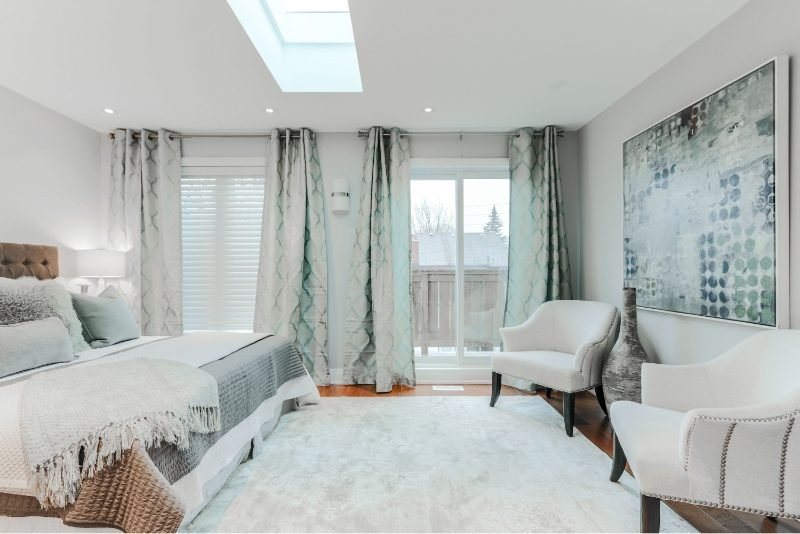
Technology has always been a driving force in architectural innovation. From the advent of steel-frame construction to the latest advancements in building information modeling (BIM), technology continues to shape the way we design and construct buildings. This blog explores how technological advancements have influenced modern architecture, leading to more efficient, sustainable, and aesthetically pleasing structures.
BIM software allows architects to create detailed digital representations of buildings, facilitating better collaboration and reducing errors during construction. Programs like Autodesk Revit enable the integration of various building systems, enhancing efficiency and accuracy.
Computational design uses algorithms and parametric modeling to create complex geometries that would be difficult to achieve manually. Architects like Zaha Hadid have utilized this technology to produce iconic, fluid forms that redefine traditional architectural aesthetics.
The use of sustainable materials, such as recycled steel, bamboo, and low-VOC (volatile organic compound) paints, reduces the environmental impact of construction. Innovations in material science continue to produce eco-friendly alternatives that are both durable and aesthetically pleasing.
Incorporating renewable energy sources, such as solar panels and wind turbines, into building designs helps reduce reliance on fossil fuels. Buildings like the Bullitt Center in Seattle showcase how technology can create net-zero energy buildings.
The IoT enables the integration of various building systems, such as lighting, HVAC, and security, into a centralized network. Smart buildings use sensors and automation to enhance energy efficiency, security, and occupant comfort.
Adaptive facades use technologies like electrochromic glass to adjust transparency and insulation based on environmental conditions. This dynamic approach helps regulate indoor temperatures, improving energy efficiency and occupant comfort.
Technology continues to revolutionize architecture, enabling more innovative, sustainable, and efficient designs. As we look to the future, the integration of advanced technologies will play a crucial role in shaping the built environment, addressing challenges such as climate change and urbanization.




There are many variations of passages of Lorem Ipsum available majority have suffered alteration some .